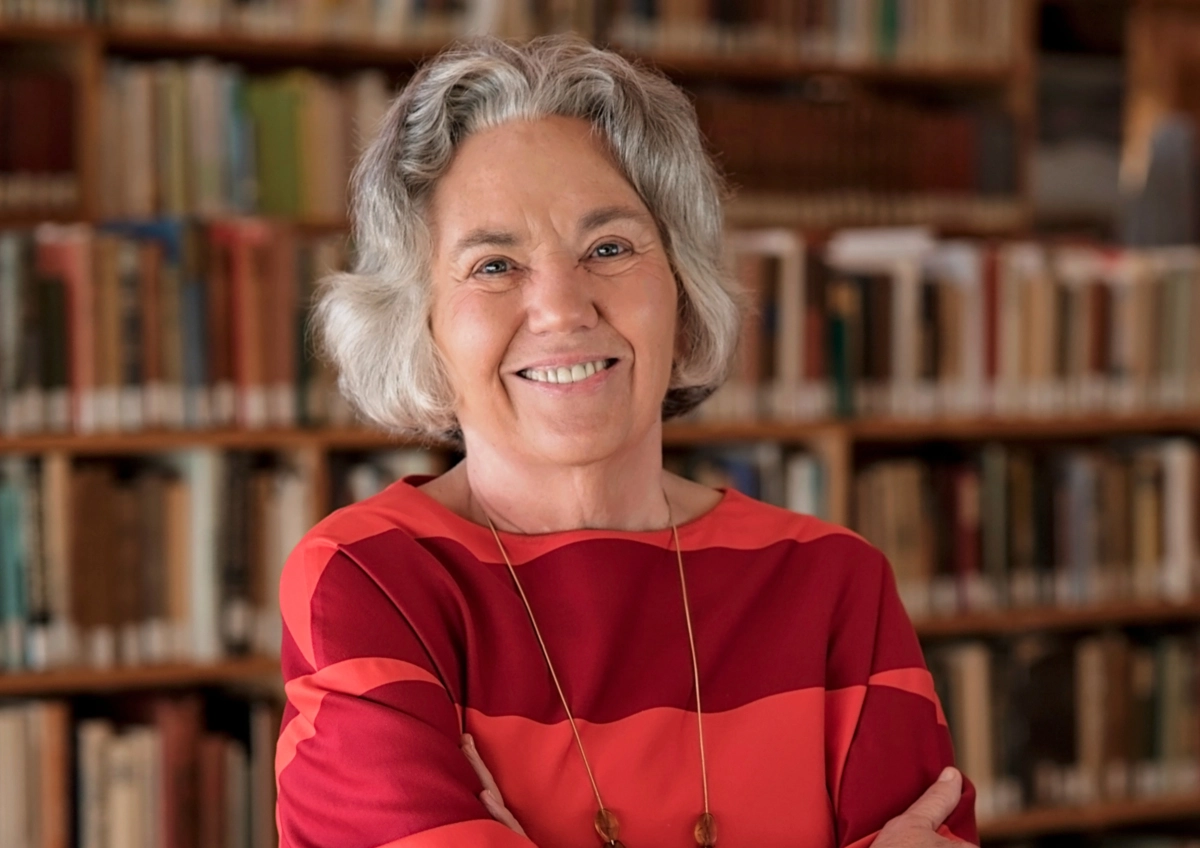A conversation with Susan Witt, a pioneering voice on the topic of citizen responsibility for shaping local economies, which includes ensuring access to affordable farmland.

Susan Witt has a deep and enduring interest in the land beneath her feet—none of which she owns. For more than four decades, the executive director of the Schumacher Center for a New Economics (which she co-founded with Robert Swann in 1980) has been tending to a land-use movement in the Berkshires of western Massachusetts, driven by innovative ideas for cultivating affordable access to farmland.
Witt’s home in South Egremont is a scant mile from Indian Line Farm, the nation’s first CSA; together, the pair of plots represents 28 total acres stemming from another of Witt’s passion projects. Since her founding of the nonprofit in 1980, the Community Land Trust in the Southern Berkshires (CLTSB) has been creating lease agreements throughout the region, aimed at enabling occupants to build wealth (including equity in their improvements) on community-owned land—with the goal of creating an equitable, regenerative future for all.
We spoke with Witt about the role community land trusts stand to play in the future of farming, especially as access to affordable farmland continues to dwindle. This interview has been edited for length and clarity.
HVS: Let’s start with the basics. What is a community land trust?
SW: A CLT is a nonprofit, regionally based organization with open membership that acquires land, by gift or by purchase, creates a land-use plan that reflects needed land use in the community—from creating workforce housing and securing low-cost land access for farmers to keeping retail space locally owned—and embeds social and ecological objectives for each site.
HVS: How does a community land trust differ from a conservation land trust?
SW: While conservation land trusts focus on keeping lands in their natural state, the CLT model deals with working lands. Its goal, to take the cost of land out of access to it, is achieved by leasing community-owned land at a very affordable rate for purposes described in a land-use plan.
Community land trusts are organized to give equity in buildings and other improvements on the land, which are owned by the lessee, while conservation land trusts generally exclude housing and/or other buildings.
[RELATED: Holding onto Farmland, One Land Trust at a Time]
HVS: What does this community-based approach aim to do?
SW: Achieving long-term security for farmers is among the biggest benefits of community land trust ownership of farmland. A lease, coupled with ownership of outbuildings and improvements including soil improvements, means farmers own all of what they put into their operation. When compared with handshake agreements and short-term leases, this model ultimately positions farmers to apply for grants unavailable to those without land security.
Preserving farmland in perpetuity is another major benefit. Take Indian Line Farm, for instance: when founder Robyn Van En died unexpectedly in 1997, that farm could have easily been sold as another second, third or fourth home in the Berkshires, and a prime, fertile tract of bottomland for local agriculture would have been lost. Instead, the local community land trust raised donations to purchase the land value; the Nature Conservancy (which owned abutting wetlands) purchased an overall easement; and two local farmers—who had been working the land but lacked the assets to purchase the farm— took out a mortgage to buy the buildings. They have since paid back the debt of the mortgage; improved the house and the barns; built greenhouses and have a thriving business that provides food to local markets and consumers.
HVS: What are the roadblocks here? What’s keeping more land from being used in this way?
SW: There’s a lot of farmland out there, much of which is tied up by easements and commodity crops—which neither fosters access for the small, diversified farms needed to strengthen the local food web nor does it enable housing on site for the farmer, which is critical. When farmland and housing are combined, it creates a farmstead providing land security and housing security for our small farmers. We’d like to encourage more cooperation between community land trusts and conservation land trusts in securing farmsteads. Conservation land trusts can play a key role in developing land-use plans with ecological considerations.
HVS: What can people do in their own communities to address this issue?
SW: While the importance of donating “the back forty” (a remote piece of land that has yet to be cultivated) to conservation land trusts is well understood, we seek to encourage the same understanding of how to make donations of working lands—with buildings—to community land trusts. This practice allows donors to remain aligned with their priorities (to help local growers bolster the food supply, for instance) rather than risk leaving property to another type of nonprofit [that] might sell the donated land and buildings to the highest bidder in order to raise cash for other uses. It’s pretty powerful.
HVS: What can I do today?
SW: Learn how local land trusts are leading the way in conservation by discovering the active land trusts in your state. Join your community land trust and be a voice there. For a modest annual fee, everyone is welcome to exercise their civic engagement and participate in a community-led solution.